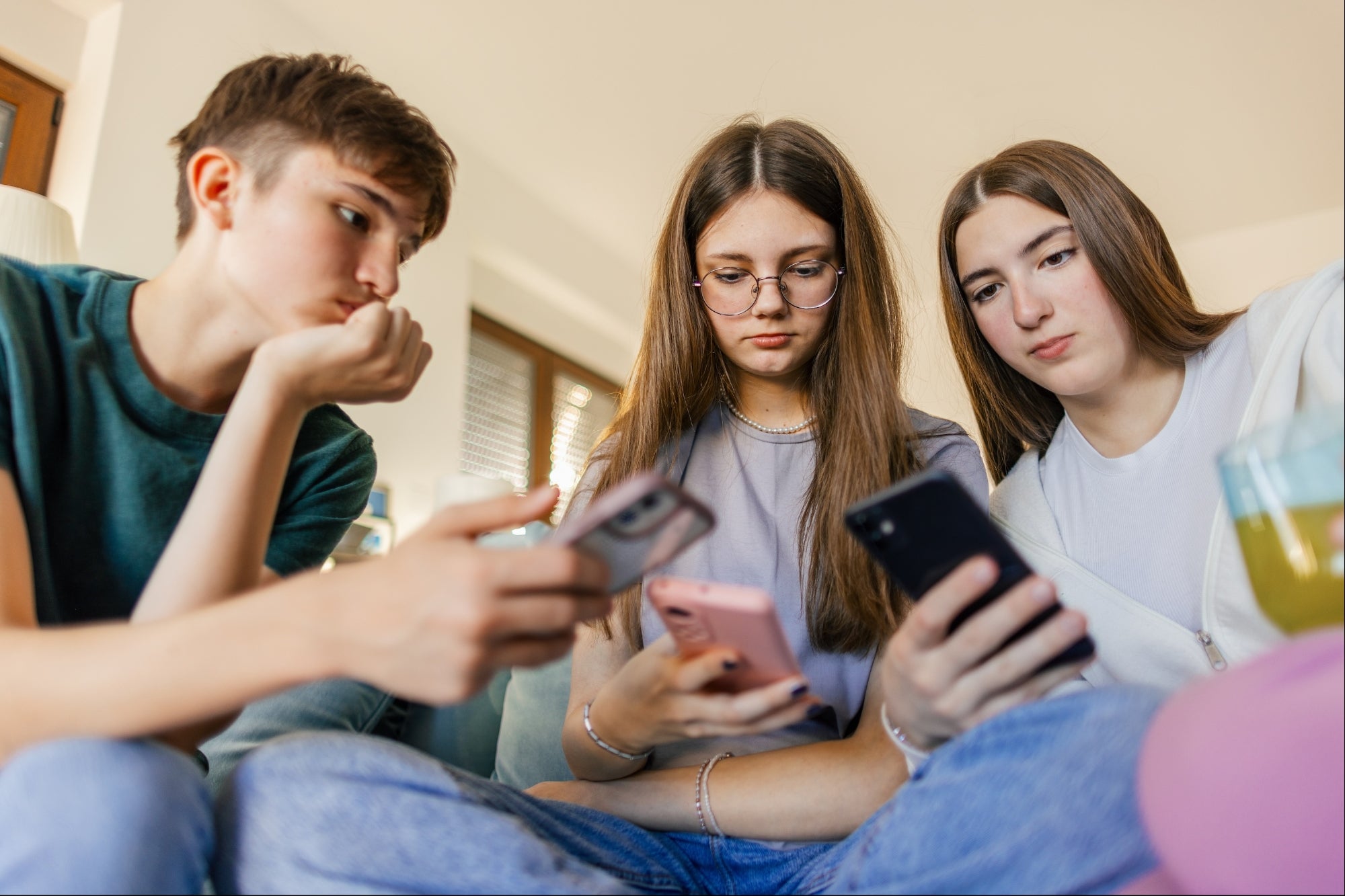Pop-up Shop Marketing: a Quick How-to Guide Do it right and pop! will go customers' expanded awareness of your brand.
By Larry Alton Edited by Dan Bova
Opinions expressed by Entrepreneur contributors are their own.

Over the past five years, pop-up shops have gained a lot of popularity. Not only are more businesses trying their hand at these one- or two-day events, but customers are responding in a very positive fashion. But before you start planning your own pop-up shop, make sure you're ready for the marketing side of things.
Related: Why Now's the Time to Open a Pop-Up Store
Why pop-up shops?
As the name suggests, pop-up shops are temporary retail establishments that emerge for a few hours, days or weeks on street corners, in malls and at major public events. The goal of a pop-up shop is to create a new touch point with customers and engage with them in a unique way without having to fully invest in a new store or location.
That certainly sounds good, but why are brands really investing in pop-up shops? Well, the first reason has less to do with immediate sales and more to do with branding. Research shows that unique services/products, localized assortments, optimal pricing, convenience and a fun experience are among the top things pop-up shoppers are looking for. By aligning your brand with this temporary sales strategy, you can encourage customers to view you in a new light. In other words, the value extends far beyond the shop itself.
This isn't to say that pop-up shops aren't profitable -- they certainly are. As expert Humayun Khan explained in a Shopify blog, "A pop-up store can be a bonafide way to explore adding an additional revenue stream to your existing ecommerce business -- the reason being that it doesn't cost nearly as much as going all in when you get started with temporary retail.
"Secondly, if you happen to be in the right place at the right time, you could rake in significant profits for your business minus the traditional risk retailers incur."
Related: Companies Turn to Pop-Up Events and Stores to Increase Brand Awareness
3. Marketing suggestions
There's a lot that goes into a pop-up shop, but much of the success (or lack thereof) can be directly tied back to marketing. If the marketing strategy is sound, then foot traffic and sales will follow. But if the strategy is lacking, you may find your pop-up shop to be a waste of resources. Having said that, here are some marketing tips and techniques that other brands successfully implement for high returns:
Build buzz in advance. Think of yourself as a boxing promoter, in the weeks leading up to the pop-up shop. It's your mission to build as much hype and anticipation around the event as possible. Much of this will happen on social media via event pages, content marketing and possibly some localized PPC advertising.
If you're a relatively small brand with limited reach, a pop-up shop is an awesome way to link up with some strategic partners. Consider:
- What brands are out there that further the message of the lifestyle of your own brand?
- What do your target customers drink? What do they eat? What do they like to snack on?
These are the people that you should reach out to first," Shopify suggests. "It's also going to allow you to cross market into other audiences that care about the same thing as your customer, but don't compete with you at all."
Nail day-of marketing. While building advance buzz is important, the most critical factor in your success is day-of marketing. For many shoppers, the decision to visit your store is impromptu. If you're relying only on your pre-marketing, then you're missing out on a significant source of traffic. So, feel free to get clever and try some new things.
Traditional marketing techniques, however, often work best. Because pop-up shops are local events, printed flyers in highly trafficked areas are extremely effective. (They can be very cost-effective.)
You may also want to get a couple of spots on local radio and TV to help drum up attention. A 30-second promo highlighting the basics is all you need.
Keep promoting after the event. The third stage of pop-up shop marketing actually occurs after the event is over and everything is packed up. This is the time to share pictures and stories on social media. You want those who attended to remember what made the event so great, as as you simultaneously encourage those who didn't visit to come to your next pop-up event. This is also a great opportunity to remain in contact with customers you met at the pop-up shop via an online newsletter or strategic discount offers.
Related: How Pop-Ups Are Changing Retail
Use your momentum. Very rarely is the pop-up shop itself the end goal. Sure, it can give you a temporary sales boost -- but it's ultimately about momentum. The objective of a pop-up shop is to give your brand the boost it needs to thrive after the temporary event ends. As you transition out of pop-up shop mode and back to normal retailer/etailer mode, be sure to use the momentum you've gained to foster future success.










